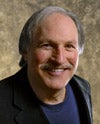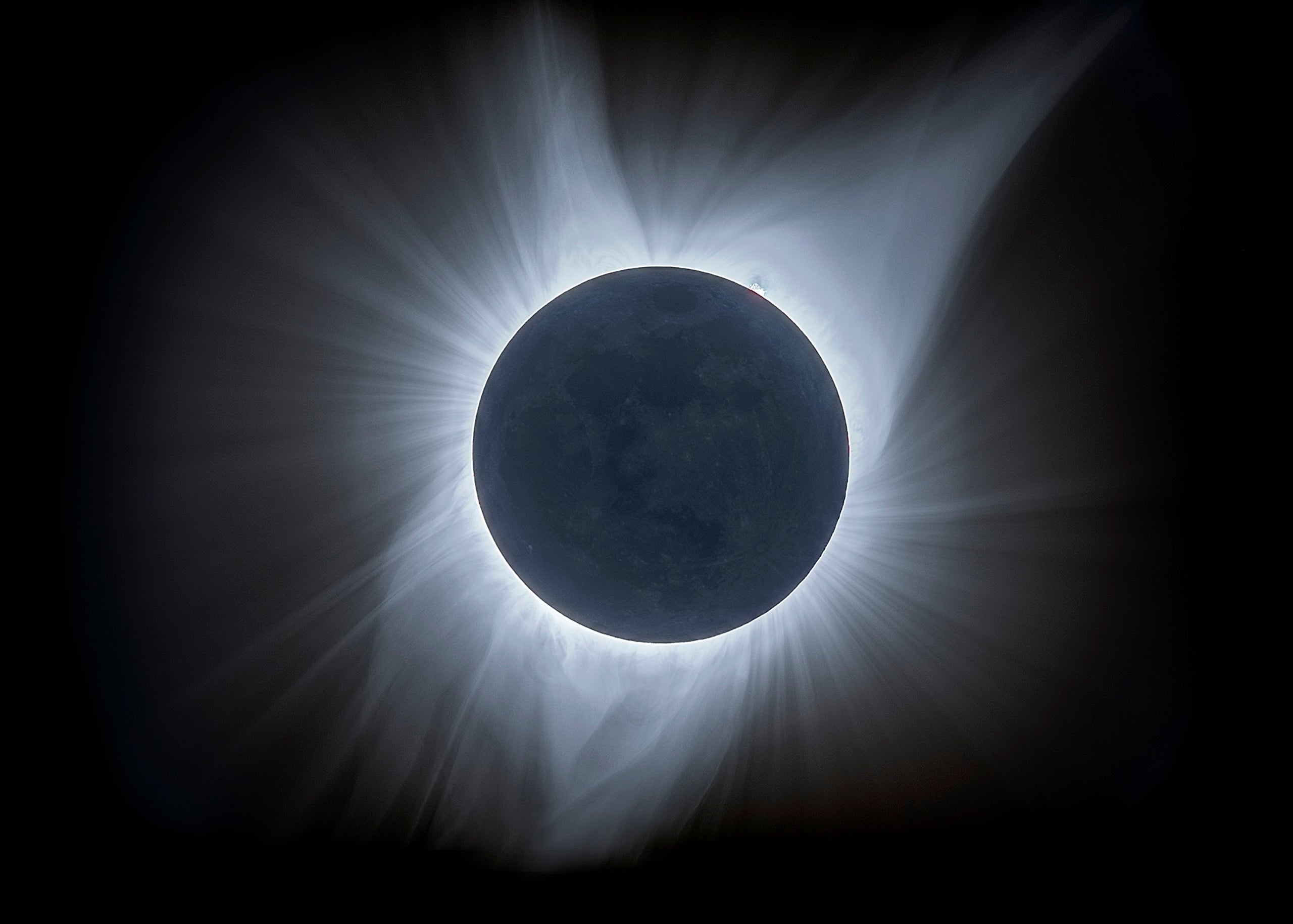This year may bring your life’s most astonishing experience.
In August, for the first time in nearly four decades, a total solar eclipse will sweep across the mainland United States. Most backyard astronomers have never seen one. No surprise — they’re a rare event, and expensive thanks to equipment and travel concerns. For any spot on Earth, totality happens once every 360 years on average. Some places, like Los Angeles, will wait more than a millennium.
Everyone’s seen photos. The image of a black Moon surrounded by the solar corona is familiar. But is it merely a lovely spectacle like a lunar eclipse or a nice comet? Only when viewed in person does the observer realize that this is the most wondrous event in his or her entire life.
One reason is that the eye perceives gorgeous detail the camera can’t capture. In photos, the diamond ring is a large blob on the Sun’s edge. Photography grossly overexposes it, causing a “flaring” effect. But the eye sees something else entirely: a bizarre, unforgettable pinpoint of exquisite brilliance.
Or consider the corona. Because the retina perceives a great brightness range, it captures the bright inner corona dotted with deep pink geysers of nuclear flame, as well as the highly structured outer corona delicately splaying far across the sky. Photos overexpose one or underexpose the other. They pale next to the real-time experience.
I’m talking about this now instead of in August to persuade fence-sitters. A partial eclipse will appear temptingly over every U.S. backyard. Many will imagine that a deep partial will be “good enough,” and a stay-at-home eclipse party certainly sounds attractive.
Don’t do it. Make “Totality or Nothing” your mantra on August 21. Start planning now for how you’ll plunge into totality’s narrow path. Check out an online eclipse map, watch the weather, and it’ll all work out even if you end up observing from a highway shoulder.
As an eclipse astronomer for 47 years, allow me to offer a few tips concerning oft-neglected aspects. We will start first with a controversy: Which welding goggle shade should you purchase for viewing the eclipse’s long partial phase?
“MAKE ‘TOTALITY OR NOTHING’ YOUR MANTRA ON AUGUST 21.”
My advice: Let solar elevation determine your choice. When the Sun is high up, like during this year’s eclipse, 14 is ideal. But during low-Sun eclipses like the South America 2019 totality, the image may be too faint through a 14. Then use a 12.
Second, don’t use up those two precious minutes fiddling with your camera. Getting a good image requires time-consuming exposure bracketing. You sure you want to do that? If you must photograph, I strongly suggest you sacrifice no more than half the eclipse to the process. Then stop twirling that f/stop dial and look up.
Third, consider your soundtrack. Many enjoy the company of a crowd, and like to hear people shouting excited commentary such as, “Ooh, look at those prominences on the bottom!” As for me, I regard totality as a sacred event; in my opinion, it begs for silence. I wouldn’t want anyone narrating the K-Pg extinction impact or the Big Bang. I never lecture during an eclipse, and I spread my blanket far from the group. There’s no right or wrong, but decide in advance because you won’t get a do-over.
Fourth, plan when to stop using your filter. Look through it too long and you miss the diamond ring. But stare at the not-fully-eclipsed Sun and you risk eye damage. Me, I put down the filter when the Sun’s crescent has shrunk short and the ground’s noticeably dimming. In the minutes just before totality the coolest sight is the bizarre lighting on the countryside around you. Maybe also look for shimmering shadow bands on the ground if it’s a white surface below your feet. As the world further darkens, I peek up periodically, just a fraction of a second per glance. Safe enough, and I don’t miss the diamond or Baily’s beads. I never use a filter all the way to totality.
As for equipment, nowadays I prefer image-stabilized binoculars during the middle half of the eclipse, and go naked eye for the rest. Of course, I’m sharing my own preferences here — you may have something else in mind.
When it’s over, the magical feeling quickly subsides. You want it back, but you can’t have it. Logic and memory cannot fully recapture the otherworldly flavor; it’s present only while totality unfolds.
Another reason not to squander a single second.










